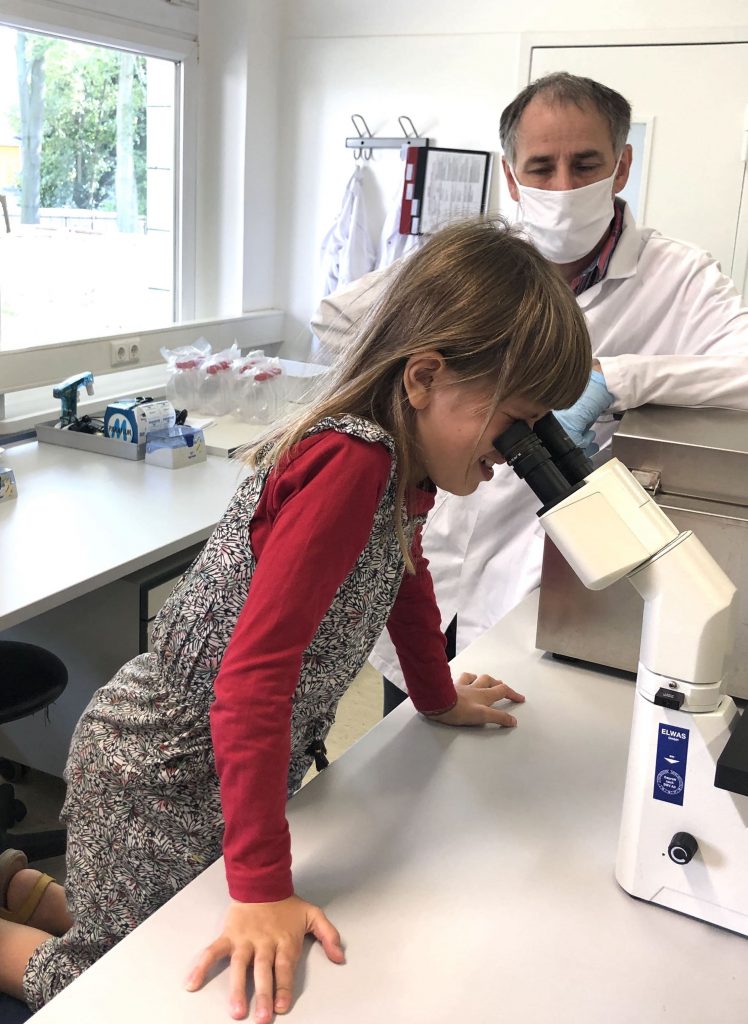Simone Spuler’s research group at the Max Delbrück Center for Molecular Medicine has long and successfully been engaged in research on muscle cells with the aim of finding suitable therapies for muscle diseases.
After all, an estimated 300,000 people in Germany live with a muscular disease. Among them are also many children whose life perspective is clearly influenced by the disease. All in all, interest in researching suitable therapies for all groups of muscle diseases is growing because of the promising technical development.
For spinal muscular atrophy, a life-threatening muscle disease, there are already 3 different therapeutics available that stop the progression of the disease. This is a major breakthrough that gives hope for further success in the field of genetic diseases.
More and more affected families are becoming internationally involved in finding therapies for muscle diseases, because especially for so-called “rare diseases” it is difficult to obtain public funds and to advance the development of a therapy.
Thanks to a large private donation, we have been able to support Dr. Spuler’s team in the research of laminopathies since February 2020.
During our visit in July, Dr. Haicui Wang told us about the work and progress with laminopathies.
The good news is: the production of iPS cells from Majes blood has been successful! This is the first important step and the prerequisite for the scientists to work on the mutation. Now these so-called “pluripotent stem cells” still have to grow diligently in order to be suitable as research cells.
The next step is scheduled for autumn 2020. Then Dr. Wang wants to use the CRISPR method to try to repair Maje’s mutation. Sounds simple. But it is very complicated, time-consuming and expensive.
Internationally, scientists are researching the further development and use of the CRISPR/Cas9 gene scissors and benefit from the findings of their colleagues.
If you would like to help accelerate this process and thus give thousands of affected people the hope of a cure, please support us with a donation. Every donation goes directly and exclusively into research with muscle diseases.






